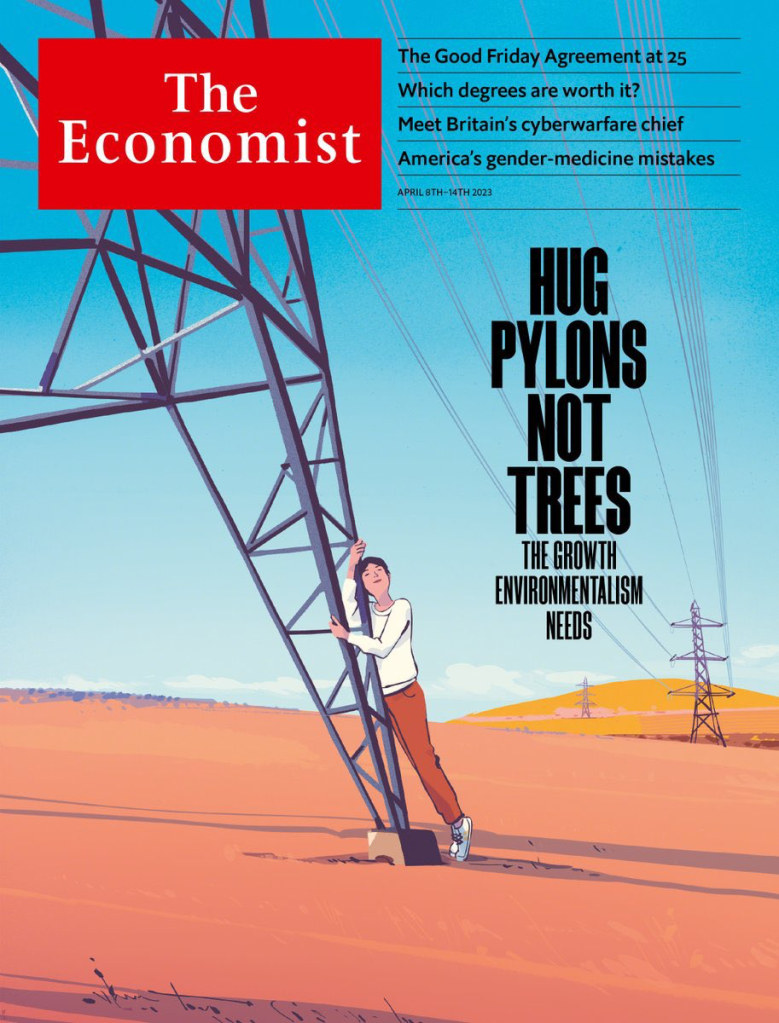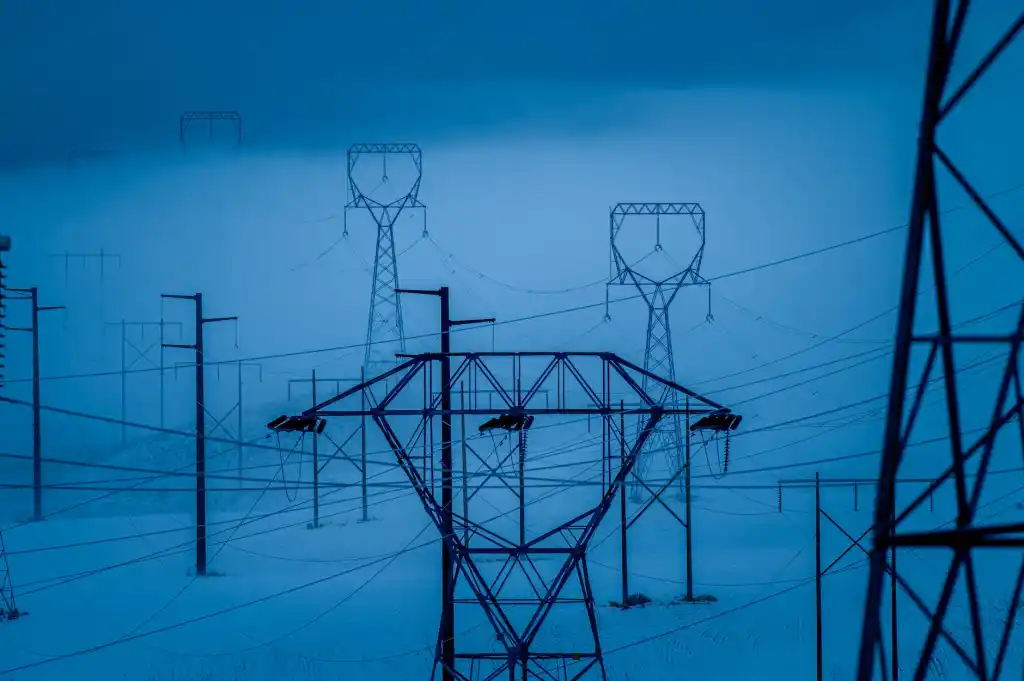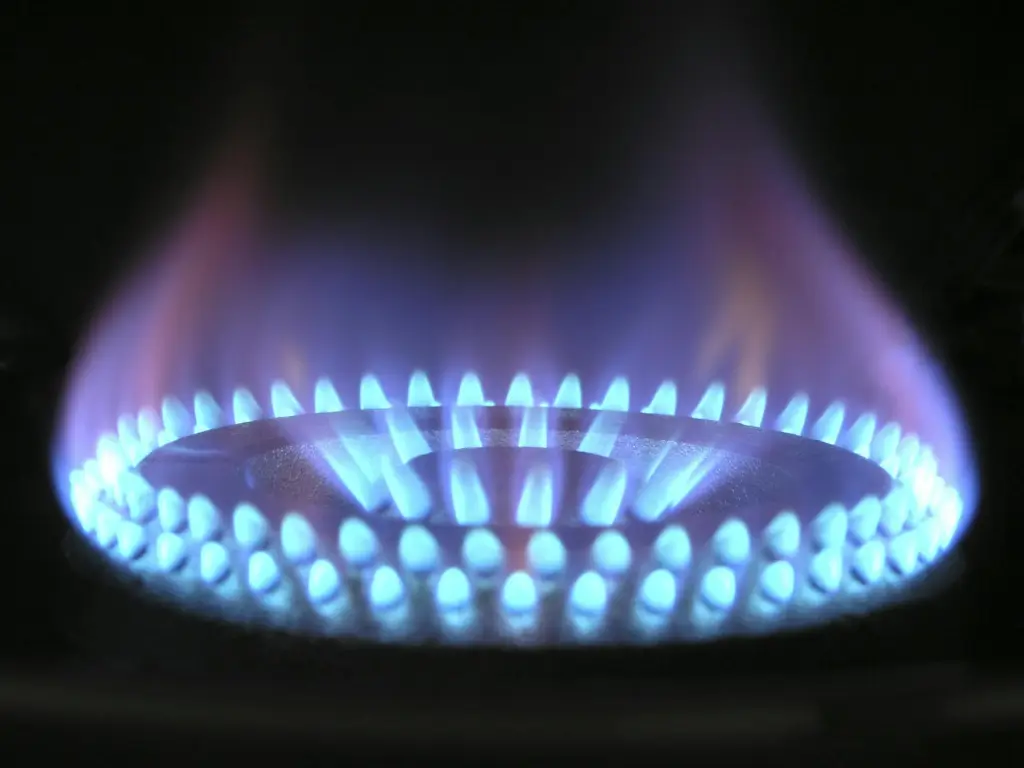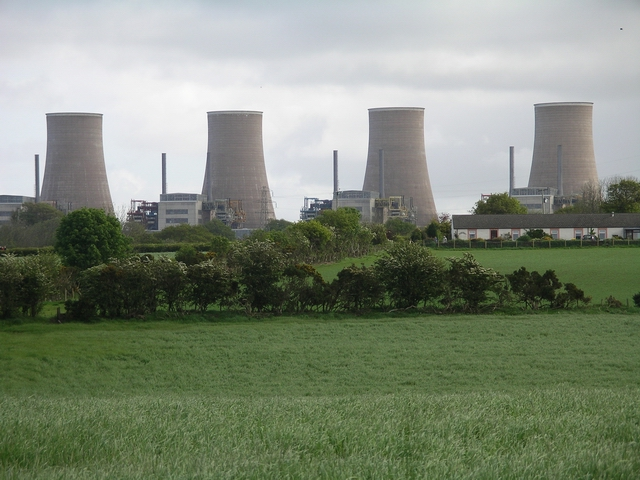Considering the ongoing discussion on climate change and how to reduce its impact on our society, it comes as no surprise that several countries are committing to generating more and more electricity from Renewable Energy Sources (RES). What is perhaps less clear to the general population is that zones with abundant RES are often far away from the electricity demand centers, with the generated electricity having to travel hundreds of kilometers to reach the point in the power grid where it is used. The discussion on the means to transport electricity throughout the power grid has been somewhat silent in the mainstream media until the Economist published in April 2023 their ‘Hug pylons not trees’ article to shed light on the importance of electricity transmission cables to achieve our decarbonization, i.e. climate change, goals.

‘Electricity Grids and Secure Energy Transitions’ (International Energy Agency)
Shortly after this call to action, in October 2023, the International Energy Agency (IEA) introduced its ‘Electricity Grids and Secure Energy Transitions’ report, which marked the opening of countless debates around the need to expand electricity grids and how, at what rate, with which funding, … doing it.
At the press release of this report, Dr. Fatih Birol, executive director of IEA, was vocal about the need for new grid infrastructure on the global level, stating that 80 Mkm (million kilometers!) of grids should be built or refurbished by 2040, the same number of km built in the last 100 years. According to the IEA, delaying this process would cause the queueing of RES projects, of which 1500 GW are without connections now. To give a perspective, this amount counts for 5 times the total RES capacity connected to the grid in 2022.
Some recommendations from the IEA are i) to improve long and strategic planning for governments, ii) to incentivize and remunerate grid companies and iii) to improve data transparency for markets while avoiding supply chain problems for copper and aluminum, common materials for electricity transmission cables.
In the next section, electric grid expansion plans in Europe are discussed. While this topic is arguably a slippery slope, I hope the listed sources can provide the reader with solid boots to build their own opinion on the need for new transmission projects.
Transmission Expansion Developments in Europe
On 28 November 2023, after a forum organized on 7 September 2023, the European Commission (EC) published its ‘Grids, the missing link – An EU Action Plan for Grids’. It estimates that 584 billion euros in investments in electricity grids are necessary for this decade (roughly 60 billion euros per year). This represents a significant part of the overall investment needed for the clean transition in the electricity sector. The Commission set some key points to achieve their objectives, which can be summarized with:
- faster implementation and funding for projects of common interest (PCIs) which are often subject to delay, most frequently due to permit granting
- enhance top-down planning towards 2050 by integrating the identification of offshore and onshore system needs and further considering hydrogen (a problem partially tacked by ENTSO-E with its Ten-Year Network Development Plan (TYNDP) and Offshore Network Development Plan (ONDP) )
- DSO grid planning by mapping the existence and characteristics of distribution development plans
- guidance on cross-border cost sharing for offshore projects
ENTSO-E’s comments on the EC’s ‘EU Action Plan for Grids’ were published on 16 November 2023. The four main recommendations are listed in the scheme below.

Besides the important financial, social, and regulatory perspectives described in recommendations two to four, I would like to reflect on the first recommendation. While the second point, ‘crucial role of transmission and cross-border interconnections’, was proven in multiple publications on flow-based market coupling and High-Voltage Direct Current (HVDC) grids, the first point ‘Incentivize coordinated planning’ opens a whole discussion on the need for a central planner for the planning of investments in electricity grids. At the moment, national Transmission System Operators (TSO) rarely work together (even though examples of collaborations among them have appeared lately) and their offshore projects are mostly point-to-point HVDC links to their onshore grid. A coordinated planning effort implies a collaboration between every party, transparent data as input to the offshore planning models, and a central entity evaluating the results to maximize the welfare of the European citizens. The latter point may go against some TSO’s interests, as the benefits to the socio-economic welfare are not distributed equally and some countries might see an individual loss while the optimal investment is reached in Europe as a whole. In this sense, the central planner would have a two-fold role.
On the one side, it should work as a planning entity publishing comprehensive reports based on transparent data and assumptions for the EC.
On the other side, it should act as a regulatory entity to make sure all the parties are remunerated equally according to their investments. Examples of such coordinated projects are the current Belgian and Danish energy island, or electrical energy hubs, projects in the North Sea.
Conclusion
As mentioned throughout the article, there is a high need for grid investment projects both in the short- and in the long-term pretty much all around the globe. The key here is to avoid panic-acting and opt for coordinated investments. The motto ‘sharing is caring’ seems to be the way to follow here. Choosing the right investments is a key step to avoid being locked in in sub-optimal investments, and the current high-interest rates do not allow easily for second chances. More information on the topic can be found in the ‘A perfect storm: more infrastructure investment and higher real interest rates’ blog post from Prof. Dieter Helm (University of Oxford).
The urge to act now is nevertheless clear, remarking the fact that agreements should be made rather sooner than later, without rushing them at the eleventh hour when the time might have already passed.
Interested in knowing more about how HVDC interconnections work? If you are interested in a entry level book, I can recommend ‘The Grid: The Fraying Wires Between Americans and Our Energy Future’ by Gretchen Bakke. I can also suggest two podcast episodes ‘Currents of Change: Unravelling the Future’ episodes (Part 1) and ‘Power Play: HVDC’s Global Impact and China’s Dominance (Part 2) of the ‘Redefining Energy – tech’ from Michael Barnard with Cornelis A. Plet (Head of Department, Vice President – Power System Advisory at DNV) as guest. On a broader side, reports such as the World Energy Outlook(WEO) from IEA and the ‘Global warming of 1.5 C’ from IPCC are good sources to grab one’s head around the role of energy in society and the computed scenarios for the future.



